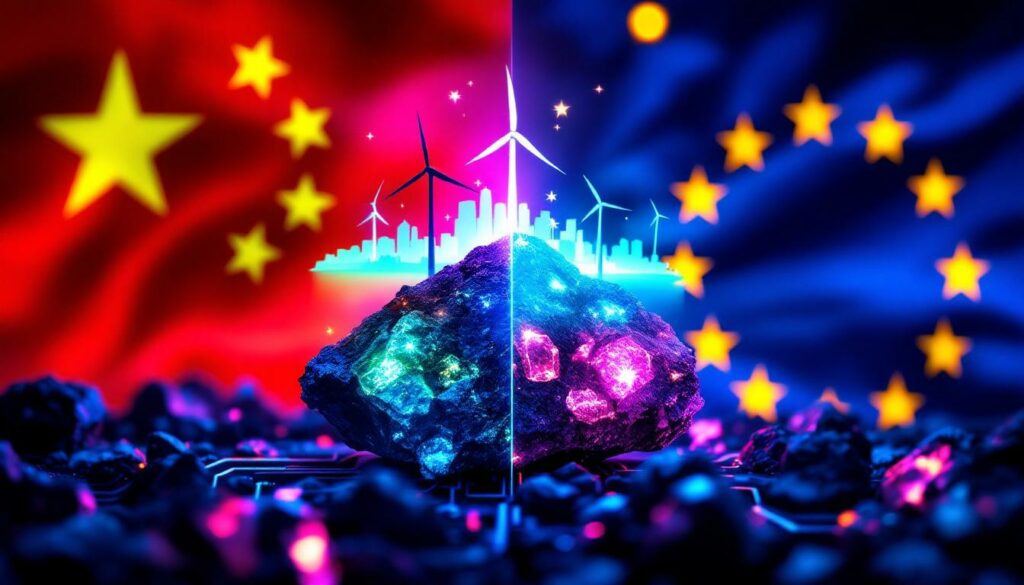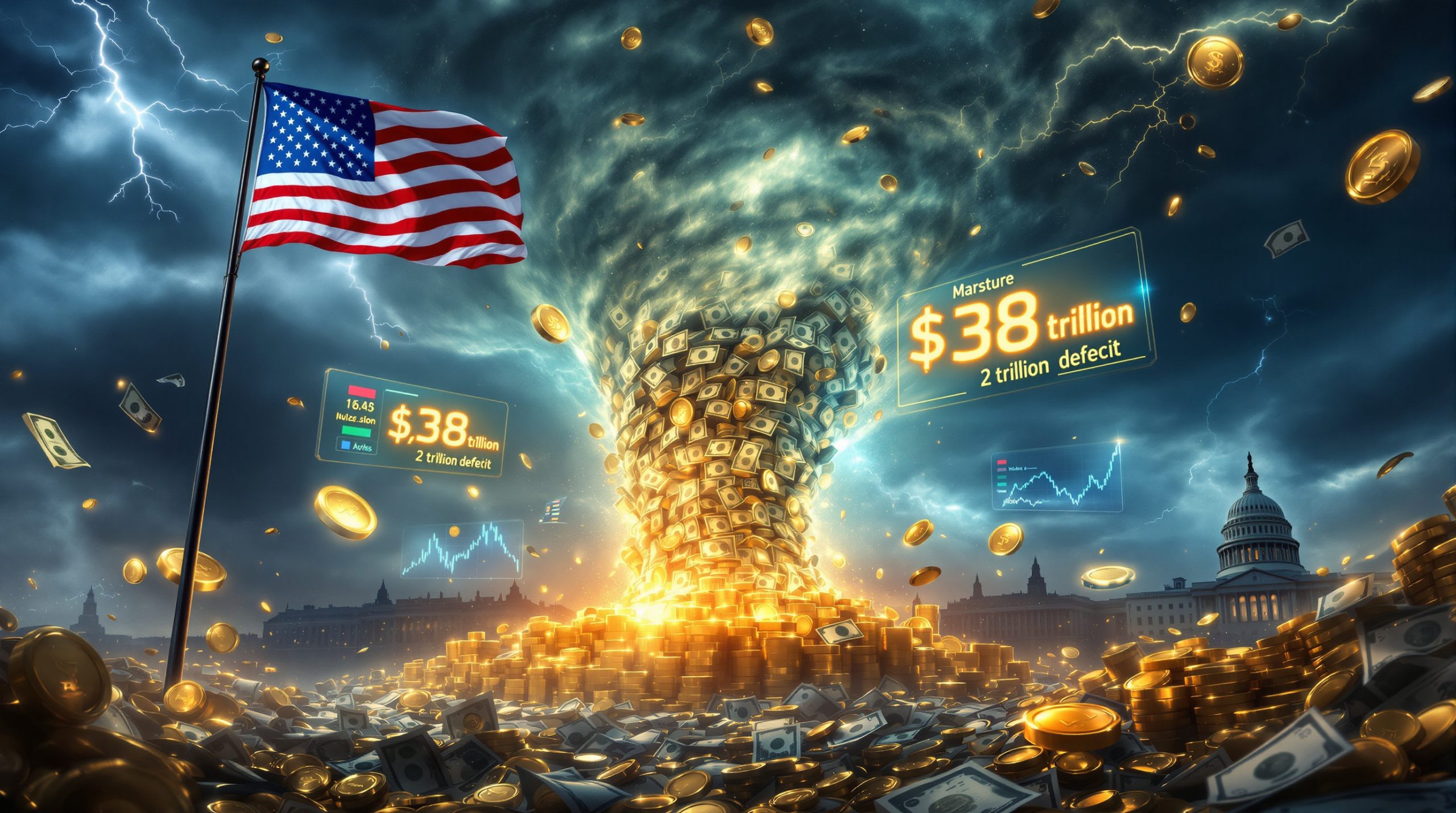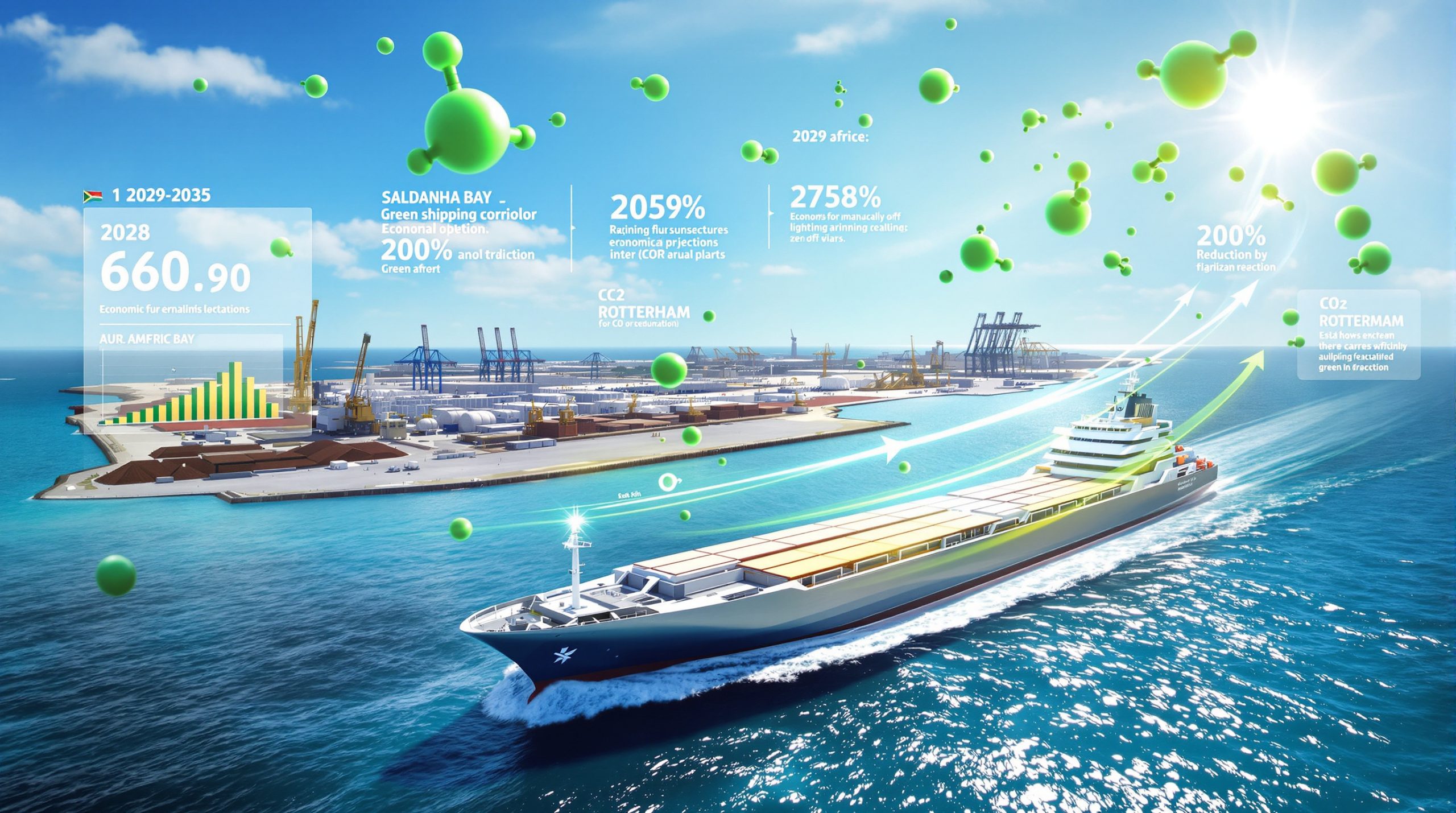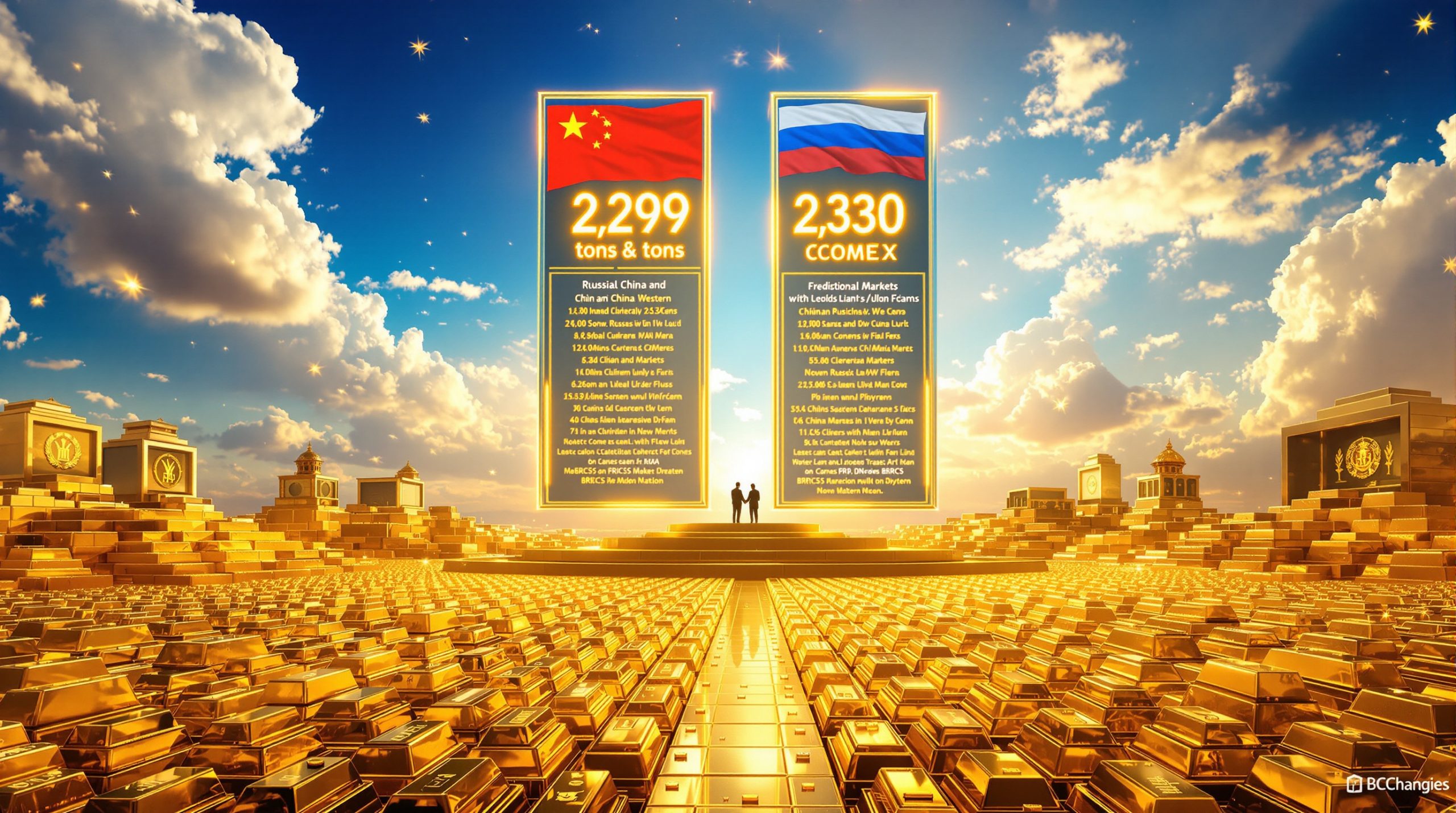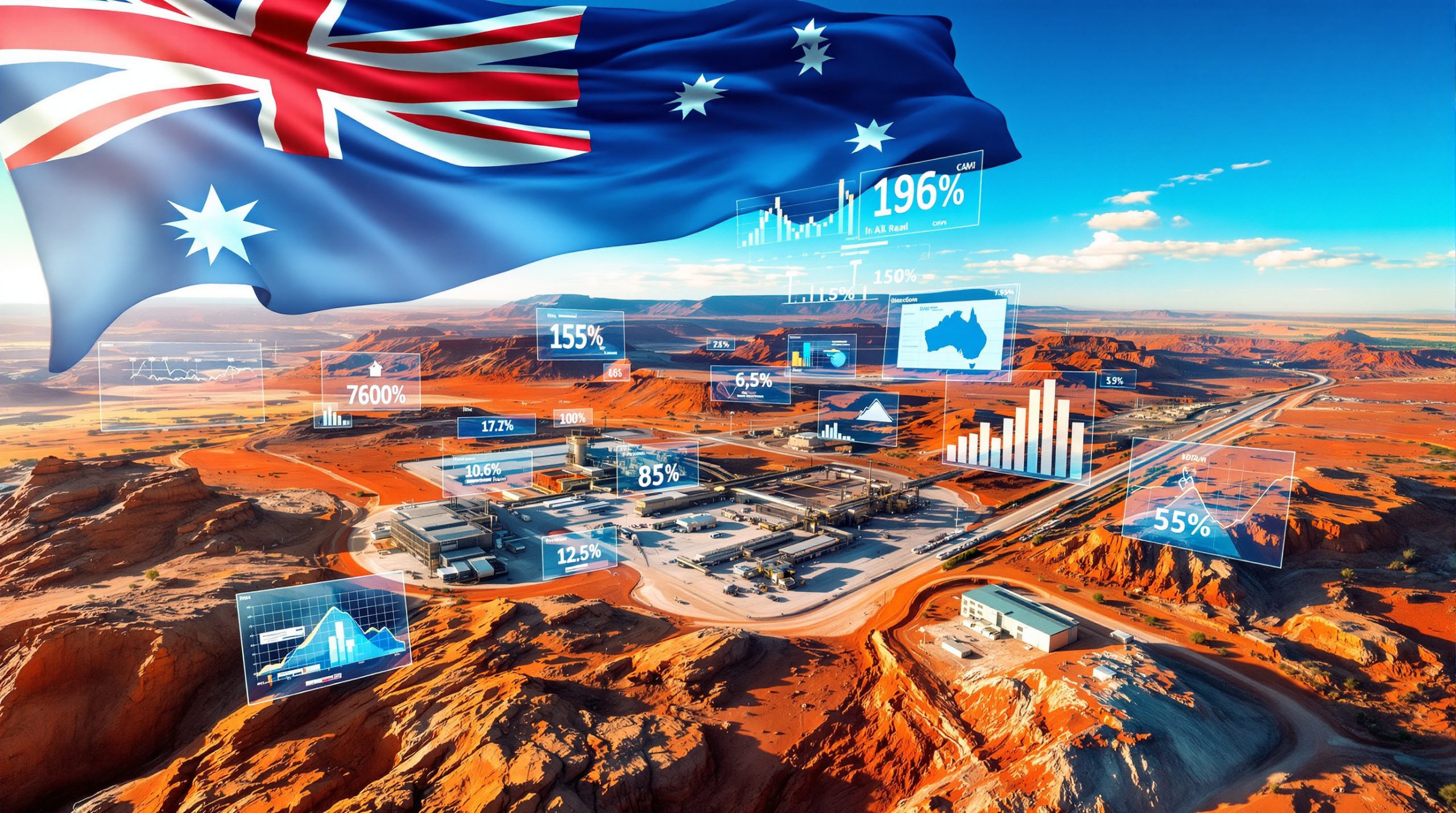How Are China and EU Clashing Over Rare Earth Export Controls?
The European Parliament recently passed a motion condemning China's export restrictions on rare earth elements, marking a significant escalation in trade tensions between the two economic powerhouses. This formal diplomatic position, approved on July 10, 2025, specifically targeted Beijing's export controls on these critical minerals essential for green technology and high-tech manufacturing.
China promptly rejected this condemnation the following day, with its mission to the European Union issuing a formal statement urging the EU to "stop politicizing trade and economic issues and applying double standards on export controls." The swift response demonstrates the sensitivity surrounding rare earth supply chain in global trade relations.
"China is willing to strengthen communication with the European side to properly resolve trade frictions, and rare earth exports should not be an issue between China and the EU," the statement continued, suggesting an openness to dialogue while firmly defending its position.
This exchange highlights the growing friction over strategic resources that underpin everything from renewable energy to defense systems, with both sides staking out positions that reflect deeper concerns about economic security and technological sovereignty.
The European Parliament's Motion Against China
The motion, while not binding legislation, represents a formal diplomatic position by the EU legislature expressing concerns about supply chain security and economic impacts of China's rare earth export controls. European lawmakers emphasized the strategic importance of these materials to the continent's industrial base and green transition.
This parliamentary action follows several years of increasing European anxiety about critical minerals demand, particularly as the EU accelerates its climate goals and digital transformation agenda.
The timing of the motion coincides with broader EU efforts to reduce dependency on foreign suppliers for strategic materials, including the implementation of the Critical Raw Materials Act passed in 2023.
China's Official Response
China's rejection of the EU's condemnation characterized the European position as applying "double standards" on export controls, suggesting that Western nations implement similar restrictions on strategic technologies and resources.
Beijing emphasized its willingness to "strengthen communication" to resolve trade frictions, positioning the issue as one that could be managed through diplomatic channels rather than confrontation.
The statement that rare earth exports "should not be an issue" between China and the EU reflects China's view that its policies are legitimate resource management rather than economic coercion.
Chinese officials defended their export controls as necessary for environmental protection and resource conservation, framing the restrictions as responsible stewardship rather than geopolitical leverage.
Why Are Rare Earth Elements So Strategically Important?
Rare earth elements comprise 17 metallic elements that, despite their name, are relatively abundant in the Earth's crust but rarely found in concentrated, economically viable deposits. Their unique properties—including exceptional magnetic strength, luminescence, and electrochemical characteristics—make them irreplaceable in numerous high-tech applications.
The strategic importance of these elements has grown exponentially as economies transition to clean energy technologies and advanced manufacturing, creating what some analysts call "the new oil" of the 21st century economy.
Critical Applications in Modern Technology
The versatility and unique properties of rare earth elements make them essential components across diverse technology sectors. Their importance cannot be overstated—without these materials, many modern technologies would be impossible or prohibitively expensive to produce.
The EU's industrial strategy depends heavily on secure access to these materials, with rare earth-dependent sectors generating approximately €1 trillion in annual output and employing millions across the continent.
Key Applications of Rare Earth Elements
| Application Area | Specific Uses | Key Elements Used |
|---|---|---|
| Green Technology | Wind turbines, electric vehicle motors, batteries | Neodymium, Praseodymium, Dysprosium |
| Electronics | Smartphones, computers, displays | Europium, Terbium, Yttrium |
| Defense Systems | Guidance systems, radar, laser targeting | Samarium, Gadolinium, Terbium |
| Medical Equipment | MRI machines, surgical tools | Gadolinium, Holmium, Erbium |
| Oil Refining | Catalytic cracking | Lanthanum, Cerium |
A single 3MW direct-drive wind turbine contains approximately 2 tonnes of neodymium in its permanent magnets, while a Tesla Model 3 Long Range uses roughly 1.5kg of neodymium-iron-boron magnets in its motors. These quantities highlight the material intensity of the critical raw materials transition.
The EU's Dependency Challenge
The European Union faces significant vulnerability due to its near-complete dependency on imports for rare earth elements:
- The EU currently imports over 98% of its rare earth requirements, primarily from China
- European manufacturing sectors requiring rare earths generate approximately €1 trillion in annual output
- Critical industries employing millions of Europeans depend on secure rare earth supplies
- The European Raw Materials Alliance estimates the EU will need five times more rare earths by 2030
This dependency represents a strategic vulnerability that EU policymakers increasingly view as untenable in a world of growing resource nationalism and supply chain disruptions.
As EU Internal Market Commissioner Thierry Breton noted in 2023, "Rare earths underpin Europe's green transition and digital ambitions. Our dependency on a single supplier leaves us vulnerable to supply disruptions and market manipulation."
How Did China Establish Dominance in the Rare Earth Market?
China's current dominance in the rare earth market didn't happen by accident. It represents decades of strategic planning and investment that transformed the global supply landscape through a combination of geological advantage, state support, and industrial policy.
China's Strategic Development of Rare Earth Resources
The foundation of China's rare earth dominance dates back to a 1992 speech by then-leader Deng Xiaoping, who famously remarked: "The Middle East has oil, China has rare earths." This statement signaled the beginning of a coordinated national effort to leverage these resources for economic advantage.
Timeline of China's Rare Earth Industry Development
- 1970s-1980s: China begins systematic exploration and development of rare earth deposits, particularly in Inner Mongolia
- 1990s: Increases production while keeping prices low, making operations elsewhere uneconomical and forcing mine closures in the US and Australia
- 2000s: Consolidates industry under state control, implements export quotas to manage resources and encourage foreign manufacturers to relocate
- 2010-2015: Restricts exports during diplomatic tensions with Japan, prompting WTO case DS431 which China ultimately lost
- 2020-2025: Implements new export controls under the guise of environmental protection and resource conservation
This strategic approach transformed China from a minor player to the dominant force in rare earth production and processing within three decades.
Current Market Dominance
China's control over the rare earth supply chain extends beyond mining to processing and manufacturing:
- Controls approximately 60% of global rare earth mining production according to the US Geological Survey
- Dominates processing with over 85% of global separation and refining capacity
- Houses over 90% of rare earth magnet manufacturing capacity
- Maintains strategic reserves of processed rare earth materials
The Baotou mining and processing complex in Inner Mongolia stands as the world's largest rare earth facility, symbolizing China's industrial scale and technological capacity in this sector.
This vertical integration—from mine to magnet—gives China unparalleled influence over global supply chains and pricing. The consolidation of hundreds of small mining operations into six state-owned conglomerates between 2010-2020 further strengthened central control over the industry.
What Are the EU's Strategies to Reduce Dependency?
In response to supply vulnerabilities exposed by recent geopolitical tensions, the European Union has developed comprehensive strategies to secure critical mineral supplies and reduce its dependency on Chinese rare earths.
The European Critical Raw Materials Act
Passed in 2023 with implementation continuing through 2025, the Critical Raw Materials Act represents the EU's most ambitious attempt to address resource security:
- Set benchmarks for domestic extraction (10%), processing (40%), and recycling capacities (25%)
- Established strategic partnerships with resource-rich countries outside China
- Created financial incentives for rare earth projects within EU member states
- Streamlined permitting procedures for projects designated as "strategic"
The Act reflects a fundamental shift in European industrial policy, recognizing that resource security is essential for economic sovereignty and the green transition.
Diversification Efforts
The EU is pursuing multiple pathways to reduce dependency:
-
Domestic Production Revival
- Supporting exploration projects in Sweden (Norra Kärr), Finland (Sokli), and Portugal
- Providing regulatory fast-tracking for critical mineral projects
- Investing in environmentally sustainable extraction technologies
- Building a project pipeline of 14 active rare earth developments across member states
-
International Partnerships
- Strengthening ties with Australia (Australian Strategic Materials Ltd), Canada (Vital Metals), and Vietnam for rare earth supplies
- Negotiating preferential trade agreements focused on critical minerals
- Co-investing in processing facilities in partner countries
- Participating in the Minerals Security Partnership with like-minded nations
-
Recycling and Circular Economy Initiatives
- Funding research into urban mining of electronic waste
- Implementing extended producer responsibility regulations
- Developing advanced recycling technologies specifically for rare earth recovery
- Supporting projects like SUSMAGPRO under the Horizon 2020 program
Despite these efforts, current recycling rates remain below 1% for most rare earth elements, highlighting the technological and economic challenges of creating circular supply chains.
How Is China Justifying Its Export Restrictions?
China has presented several rationales for implementing restrictions on rare earth exports, balancing domestic priorities with international market considerations while maintaining strategic leverage.
Official Rationales for Export Controls
China's Ministry of Ecology and Environment and other official sources have emphasized several justifications for export restrictions:
- Environmental Protection: Citing the need to reduce pollution from mining and processing, noting that rare earth mining consumes approximately 7.5 cubic meters of water per tonne of ore processed
- Resource Conservation: Preserving strategic resources for future generations, pointing to a 23% reduction in proven reserves since 2010
- Industry Consolidation: Eliminating illegal mining operations and improving standards through centralized control
- Value Chain Development: Encouraging higher-value manufacturing within China rather than exporting raw materials
These justifications align with broader China rare earth strategy on industrial upgrading and environmental improvement, though they also serve strategic economic objectives.
Analyst Perspectives on China's Strategy
Industry experts and geopolitical analysts offer alternative interpretations of China's actions:
"China's rare earth export restrictions serve multiple strategic objectives beyond stated environmental concerns. They provide leverage in trade negotiations, encourage high-tech manufacturing relocation to China, and maintain price advantages for Chinese manufacturers."
— Dr. Elena Mikhailova, Critical Minerals Analyst, European Institute for Strategic Studies
Many Western observers see the environmental and conservation justifications as convenient covers for more strategic motives, pointing to the timing of restrictions that often coincides with broader geopolitical tensions.
The restrictions create powerful incentives for foreign manufacturers to relocate production to China to secure material access, as demonstrated by Tesla's Shanghai gigafactory and its local magnet supply arrangements.
China's approach reflects a sophisticated understanding of supply chain leverage and the strategic value of controlling critical materials in an increasingly resource-constrained world.
What Are the Potential Economic Impacts of This Trade Tension?
The China-EU rare earth tensions are already creating ripple effects through global supply chains, with both immediate disruptions and potential long-term structural changes to industries dependent on these critical materials.
Short-Term Market Disruptions
The immediate effects of the trade tension are already becoming apparent:
- Rare earth prices have increased 15-30% since the EU condemnation, according to Argus Media market reports
- Supply chain managers are reporting delivery delays of 4-8 weeks for European manufacturers
- Some European manufacturers have begun implementing material rationing to manage shortages
- Stockpiling behavior is emerging among larger industrial consumers, with EU industrial inventories reportedly up 45% year-over-year
These disruptions are particularly challenging for just-in-time manufacturing systems that have minimal buffer stocks, forcing companies to adapt quickly to prevent production stoppages.
According to BloombergNEF analysis, continued supply constraints could delay production of up to 500,000 electric vehicles in Europe during 2025, threatening the continent's transition to cleaner transportation.
Long-Term Structural Changes
The ongoing tensions could reshape global supply chains and industrial strategies:
-
Accelerated Supply Diversification
- Increased investment in rare earth projects outside China
- Faster development of substitute materials and technologies
- Growth in recycling infrastructure and capabilities
- Development of secondary supply markets and certification schemes
-
Manufacturing Relocations
- Some production may shift to China to secure material access
- Other manufacturers may relocate to countries with secure supply agreements
- Vertical integration strategies becoming more common
- Minimum 18-month setup timelines for new magnet production facilities
-
Technology Adaptations
- Research into reduced-rare-earth or rare-earth-free alternatives
- Design modifications to accommodate material substitutions
- Increased focus on material efficiency in product development
- 3-5 year R&D timelines for commercializing alternative technologies
These structural changes represent both challenges and opportunities for companies and regions as they navigate the new landscape of critical mineral competition.
Can Technology Reduce Dependency on Rare Earth Elements?
Research and development efforts are creating pathways to reduce rare earth dependencies, though significant technical and economic challenges remain before alternatives can scale to meaningful levels.
Emerging Alternative Technologies
Multiple technological approaches are being pursued to reduce reliance on rare earth elements:
- Electric Motors: New designs using ferrite magnets or reluctance technologies, exemplified by Niron Magnetics' rare-earth-free motors and HyCamper's TMB102 motor with ferrite magnets
- Wind Turbines: Superconducting generators that eliminate rare earth requirements, potentially viable for turbines over 3MW according to Nature Energy research
- Lighting: Advanced LED technologies with reduced rare earth content
- Catalysts: Novel formulations with lower rare earth concentrations
The substitution challenge varies significantly by application, with permanent magnets proving particularly difficult to replace without performance compromises.
According to IDTechEx forecasts, alternative motor technologies might achieve 12% market penetration by 2030, highlighting the gradual nature of technological transitions in established industries.
Recycling Innovations
Technological breakthroughs are improving rare earth recovery rates:
- Advanced hydrometallurgical processes achieving 90%+ recovery rates
- Automated disassembly systems for electronic waste
- Biological extraction methods using engineered bacteria, with Fraunhofer IWKS demonstrating 92% bioleaching efficiency
- Direct recycling of magnets without full breakdown to oxides, reducing energy consumption by 30% compared to virgin production
Despite these promising technologies, current global recycling rates remain below 1% for most rare earth elements according to the UN Environment Programme, highlighting the gap between technical potential and commercial reality.
BMW's NdFeB recycling loop and Renault's certified secondary supply chain represent early corporate efforts to implement circular economy principles for rare earth materials, though these initiatives remain limited in scale.
What Does This Mean for Global Resource Security?
The China-EU tension over rare earths reflects wider concerns about resource security and the growing intersection of economic policy, national security, and environmental sustainability.
Broader Implications for Critical Minerals
The rare earth dispute highlights similar dependencies that exist for other critical minerals:
- Lithium: 87% of global refining capacity controlled by China (Benchmark Minerals, 2024)
- Graphite: 100% of battery-grade anode material processing in China (EU Commission, 2023)
- Cobalt: Supply concentrated in the Democratic Republic of Congo with Chinese processing dominance
- Gallium and germanium: Previous targets of Chinese export controls
The race to secure supply chains is intensifying across major economies as the material requirements for energy transition technologies grow exponentially.
Resource nationalism is rising globally as countries recognize strategic vulnerabilities, with Indonesia's nickel export ban serving as a prominent example of producer countries seeking to capture more value from their natural resources.
New international frameworks for resource governance are being proposed, including the EU's 90-day strategic reserve proposal under Article 17 of the Critical Raw Materials Act.
The Future of Resource Diplomacy
How nations manage resource interdependencies will shape international relations in coming decades:
- Critical minerals becoming central to diplomatic negotiations and trade agreements
- Resource security alliances forming among like-minded nations, exemplified by the Minerals Security Partnership
- International standards for responsible sourcing gaining importance
- Potential for new multilateral institutions focused on critical mineral governance
- The African Union's 2024 Critical Minerals Strategy highlighting producer regions' growing policy sophistication
As the IEA Executive Director noted in 2024, "Critical minerals are the new currency of geopolitical power," suggesting that resource competition will remain a central feature of international relations.
The EU-China tension represents just one facet of a broader realignment of global resource politics that will influence everything from climate policy to defense planning.
What Should Businesses and Investors Watch For?
Forward-thinking organizations must navigate an increasingly complex landscape of supply risks, policy interventions, and technological change in the rare earth sector.
Key Indicators of Escalation or Resolution
Several
Ready to Identify the Next Major Mineral Discovery?
Discover how significant mineral findings can lead to exceptional market returns by exploring Discovery Alert's dedicated discoveries page, where real-time alerts powered by the proprietary Discovery IQ model transform complex mineral data into actionable investment insights before the broader market responds.
